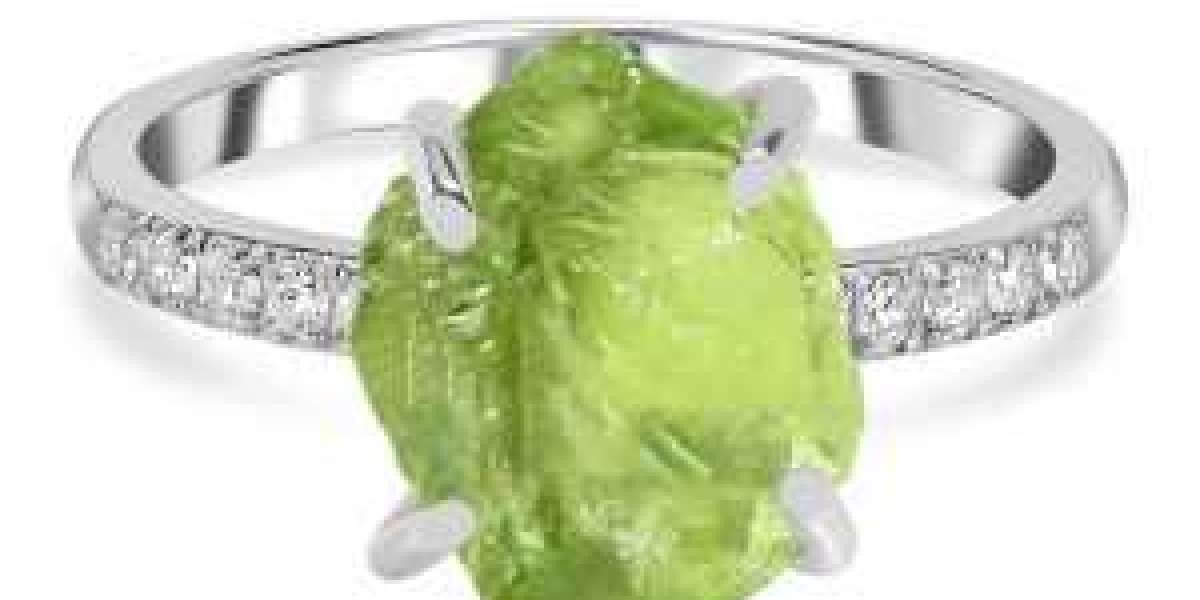History of Glass Flasks
Early Use of Glass Flask
Evolution of Glass Flasks
Uses of Glass Flasks in Ancient Times
Glass flasks have been used since ancient times, with the earliest versions dating back to the Roman Empire. The Romans used glass flasks to store perfumes, oils, and other liquids. These early flasks were made by glassblowers, who heated glass rods and shaped them into various forms using a blowpipe.
Over time, glassblowers developed new techniques and methods for creating more complex and intricate designs. By the Middle Ages, glass flasks had become highly decorative and were used for a wide range of purposes, including as religious relics and ceremonial objects.
Manufacturing of Glass Flasks
Raw Materials for Making Glass Flask
Techniques Used in Glass Flask Manufacturing
Quality Control in Glass Flask Production
Glass flasks are made from a combination of raw materials, including silica sand, soda ash, and limestone. These materials are heated to high temperatures in a furnace, which melts them into a liquid form. The liquid glass is then shaped into flasks using various techniques, including blowing, pressing, and molding.
Quality control is an important part of glass flask production. Flasks must meet certain specifications and standards to ensure they are safe and reliable for their intended use. Quality control measures may include testing for imperfections, measuring thickness, and inspecting for defects.
Uses of Glass Flasks
Laboratory and Scientific Uses of Glass Flasks
Industrial Uses of Glass Flasks
Other Uses of Glass Flasks
Glass flasks are widely used in laboratories and scientific settings for storing and transporting liquids, chemicals, and other substances. They are often used in chemistry experiments, as well as in medical and pharmaceutical research.
Glass flasks are also used in a wide range of industrial applications, such as in the production of pharmaceuticals, cosmetics, and food products. They are used for storing and transporting liquids, powders, and other substances, and are often designed to withstand high temperatures and pressure.
In addition to their scientific and industrial uses, glass flasks are also used for a variety of other purposes. They are often used as decorative objects, as well as for storing and serving beverages and food.
Conclusion
Glass flasks have a rich history and continue to be used in a wide range of industries and applications today. From their early use in the Roman Empire to their modern-day use in laboratories and industrial settings, glass flasks have played an important role in the storage and transportation of liquids and other substances. Whether you need a container for your laboratory experiments, your cosmetics or your special beverages, glass flasks are a reliable and versatile option.
FAQs
How can I clean my glass flask?
Glass flasks can be cleaned with soap and warm water. Be sure to rinse thoroughly and dry completely before using.
Can glass flasks be used in the microwave?
It depends on the specific flask and its intended use. Some glass flasks are designed to withstand high temperatures, while others may shatter or break if exposed to extreme heat.








